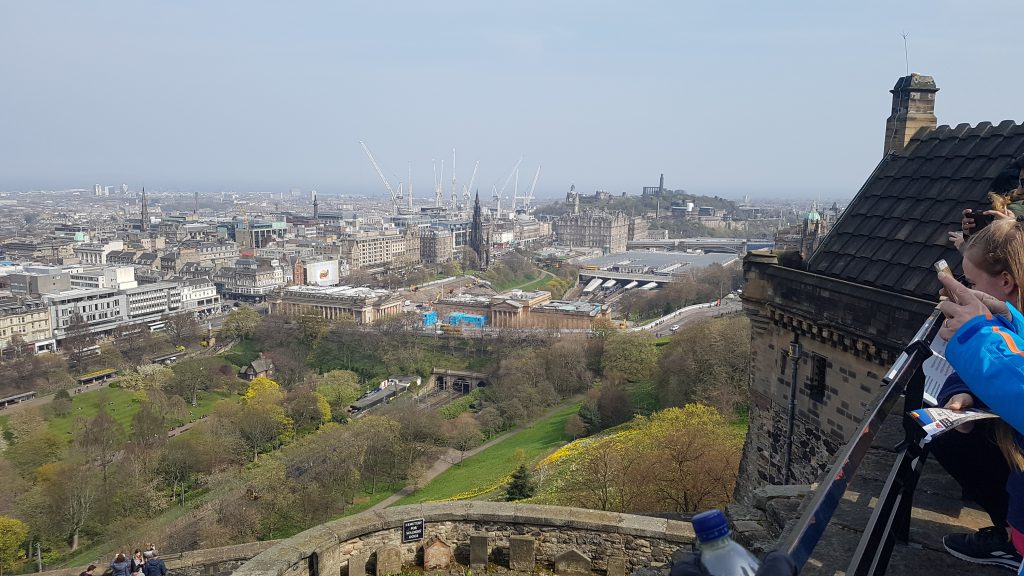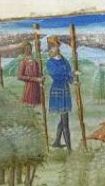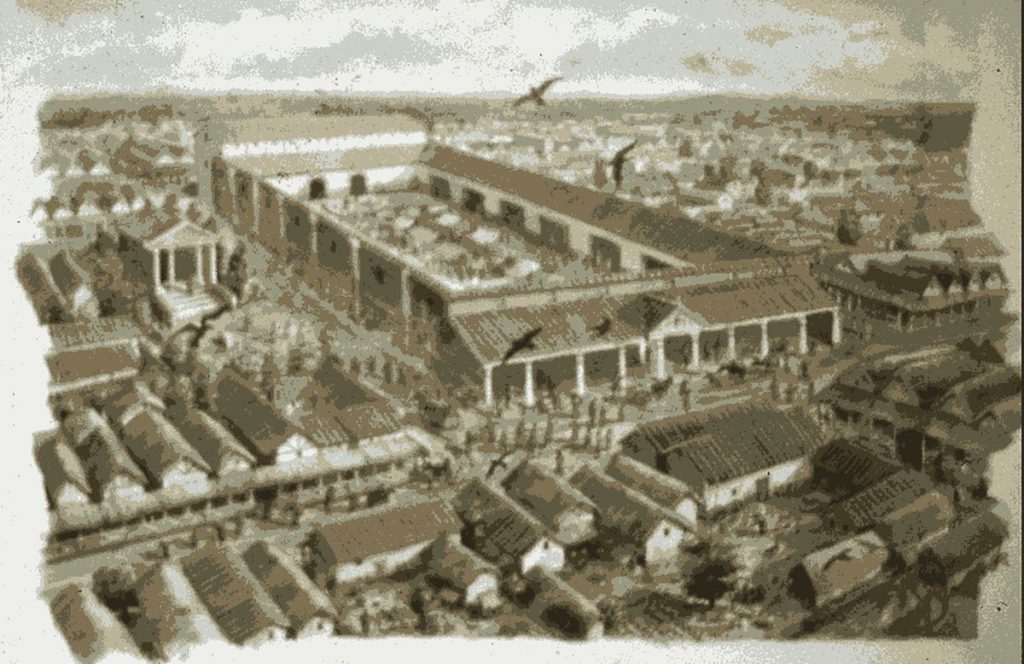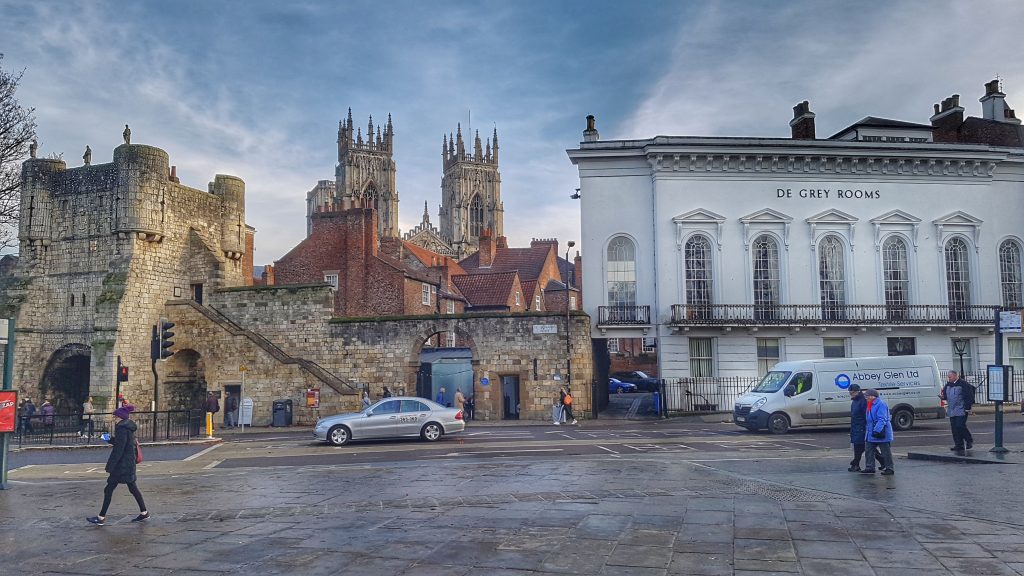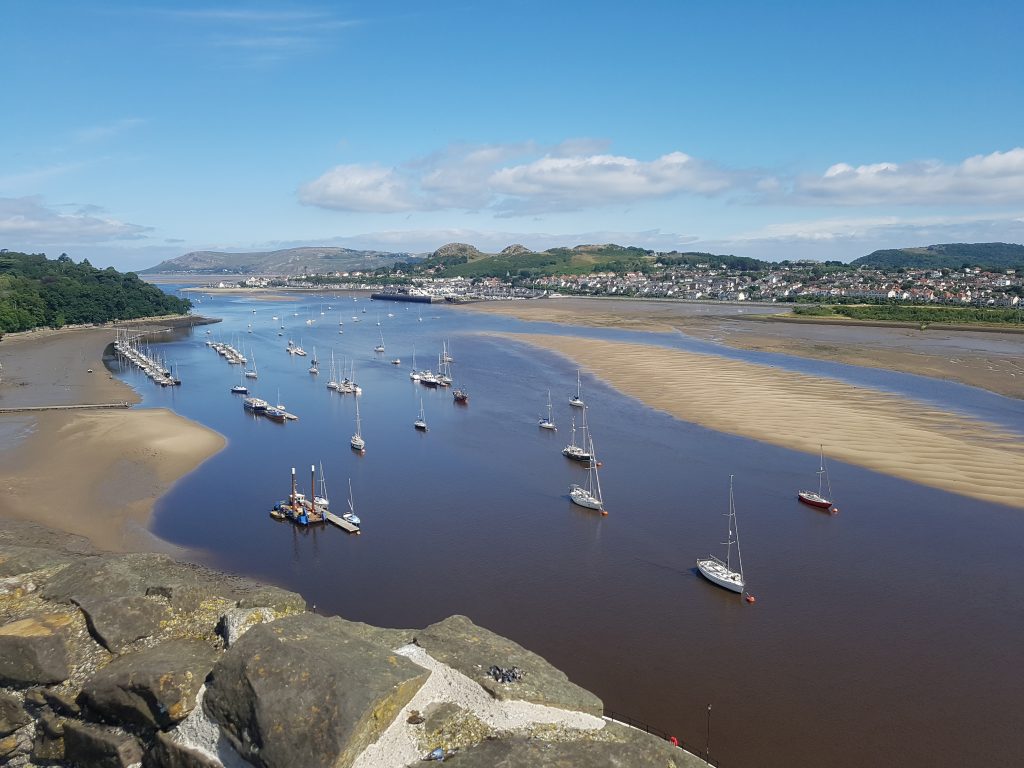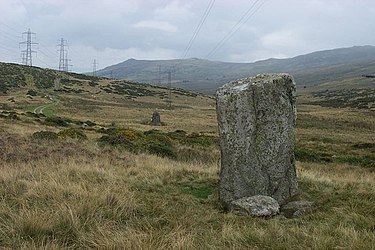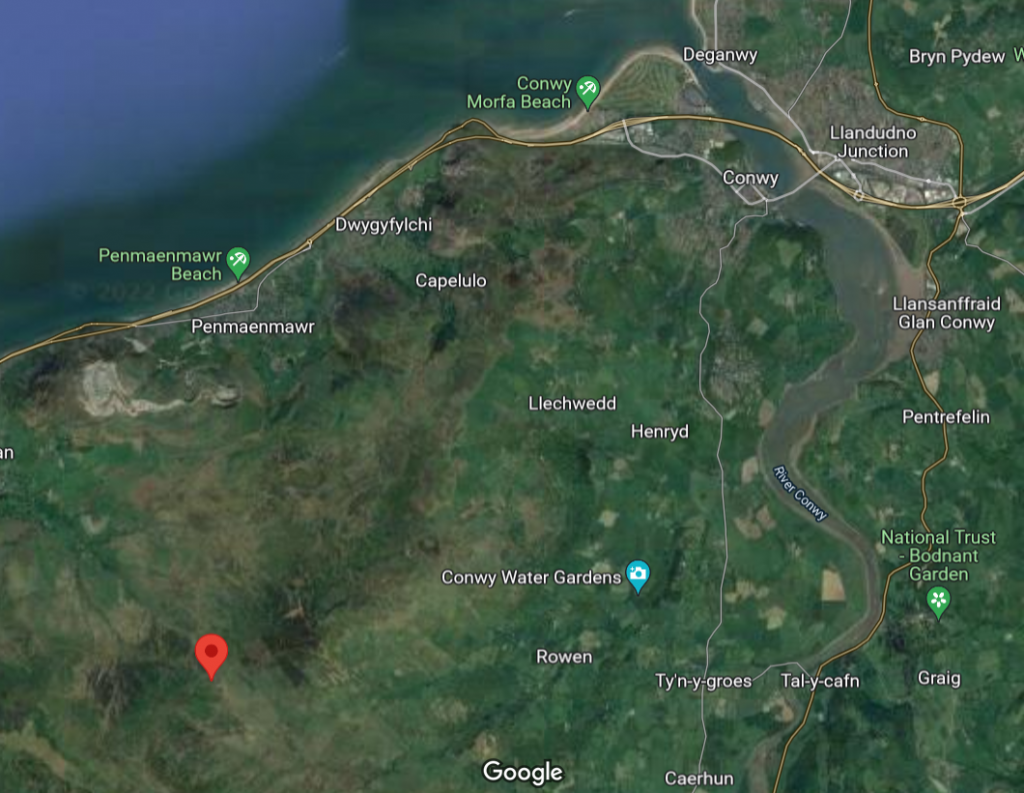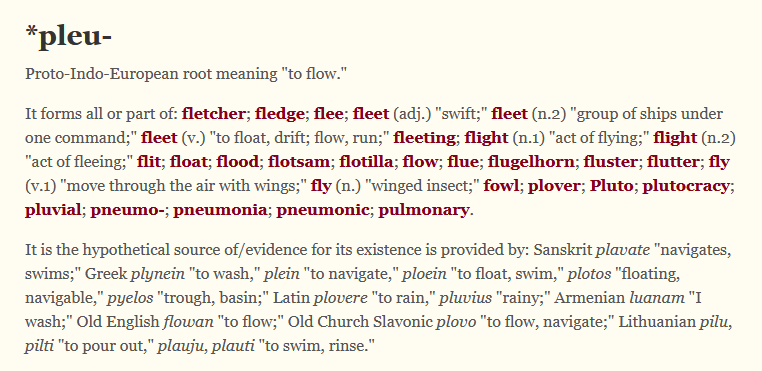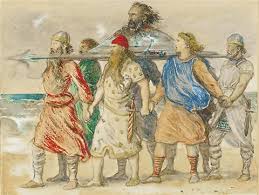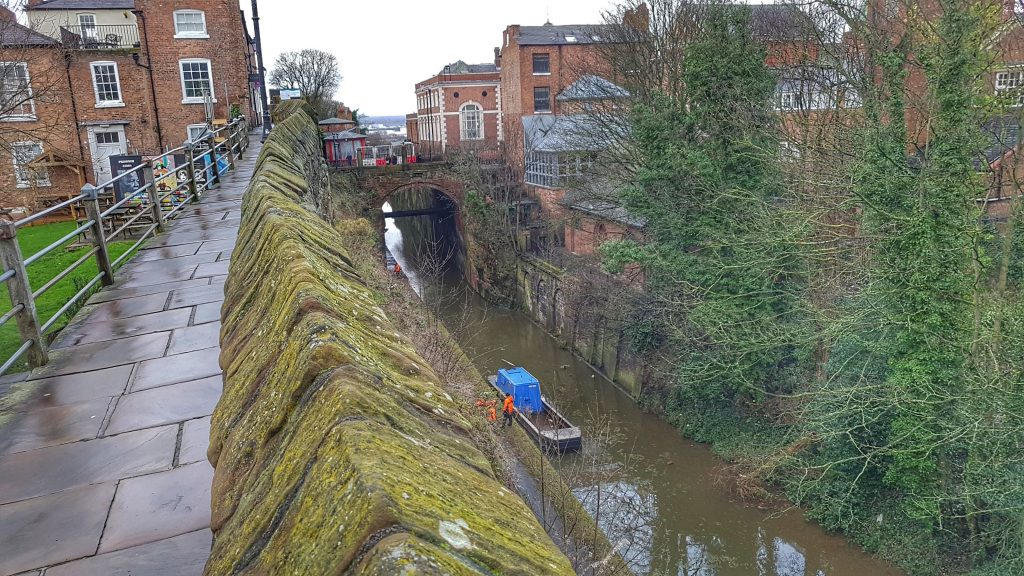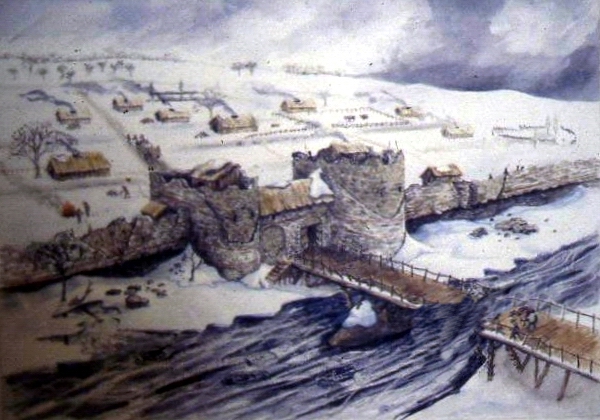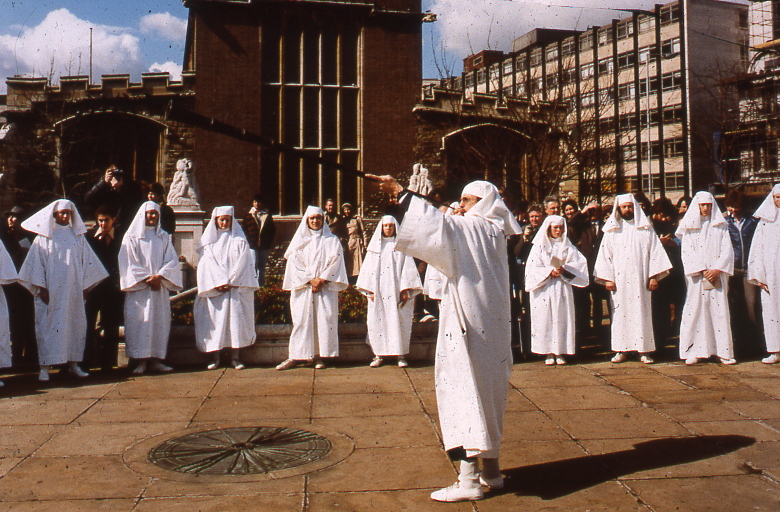
Tuesday June 21st 2022 7.30 pm Tower Hill Underground Station
(meet by the Tower Hill Tram coffee stand) |
We explore London’s History through its celebrations, festivals, calendars, almanacs and its myths and legends.
As the Sun and Moon move around our skies we look at how Londoners organised and celebrated their year throughout history.
The tour is led by Kevin Flude, a former archaeologist at the Museum of London, Curator and Lecturer
One of the most popular forms of publication in London was the Almanac. It was full of seasonal advice, of prophecy, traditional wisdom, and important events past and future. Different cultures, religions and institutions had their own methods of organisation and celebrations. We explore the varied calendars that ruled people’s lives from the prehistoric period to the present.
On the way we look at customs, and folklore of the Celts, Romans, Saxons, and into the Medieval and Modern period. We look at different calendars such as the Pagan year, the Egyptian year, the Roman, Christian, Jewish, Church and Financial years. On the route we discover the people who lived in London and walk through fascinating areas with their deep histories.
This is a London Walks Guided Walk. Look at their web site for a list of other of their amazing walks
To Book: click here

